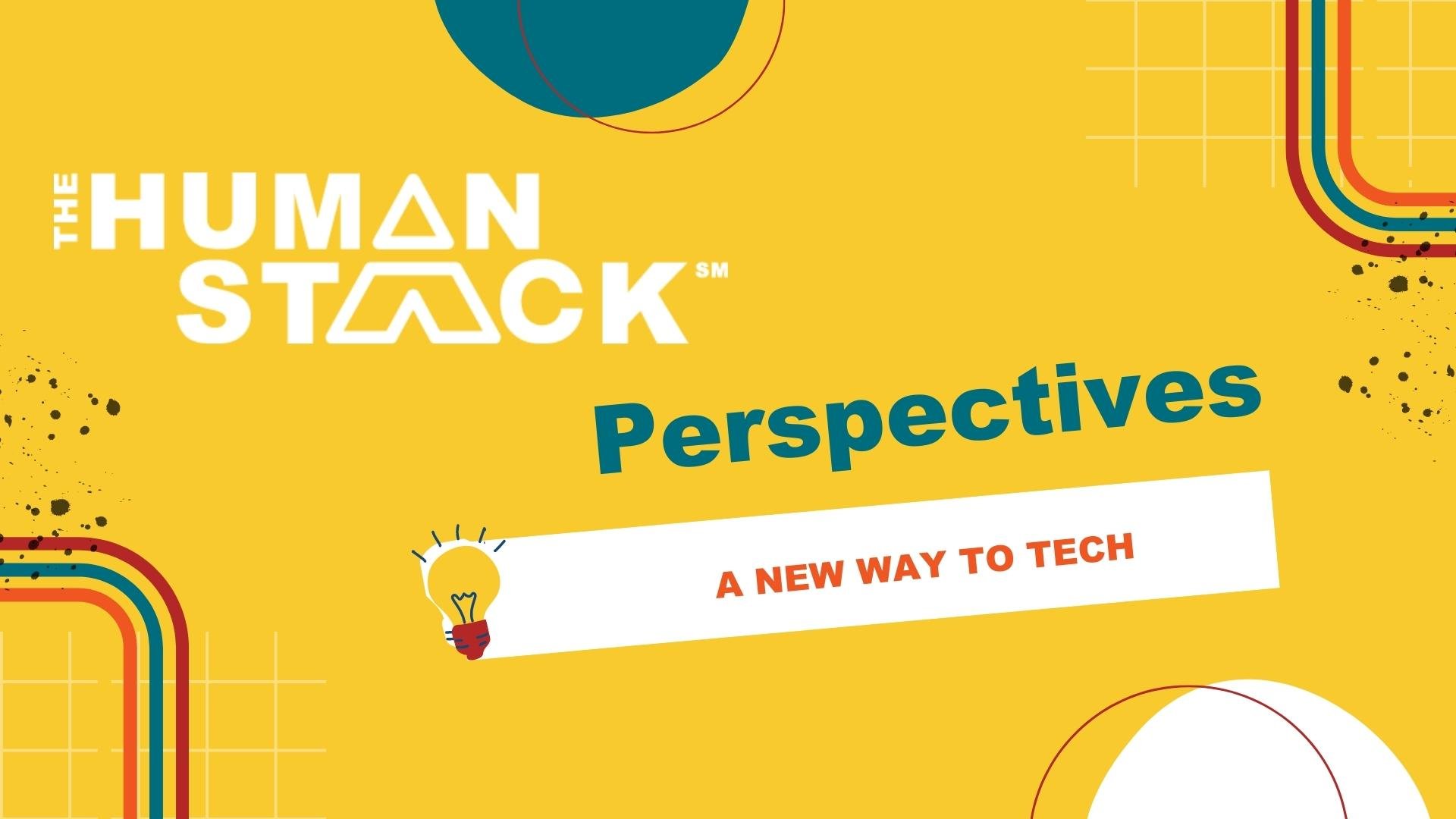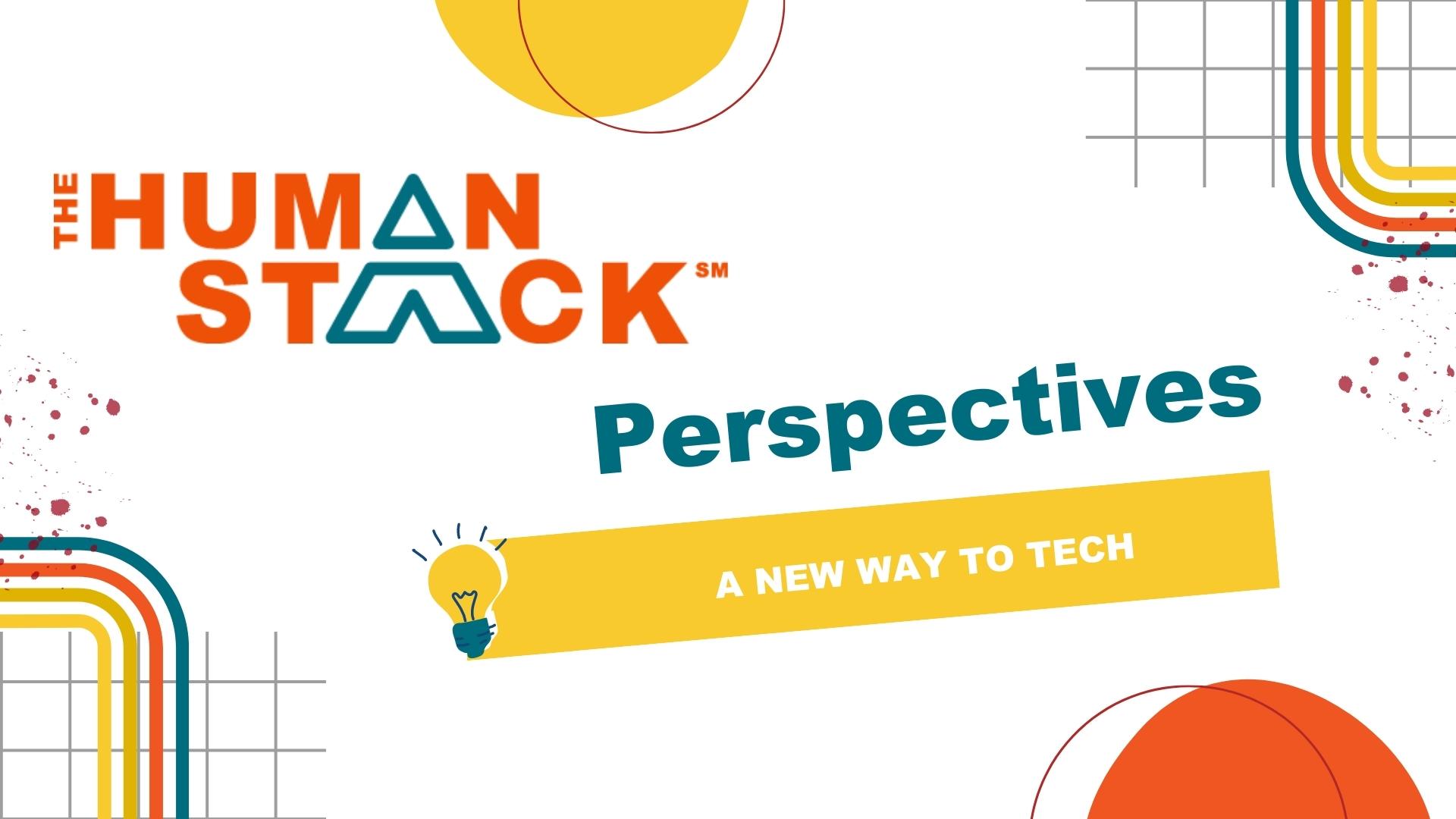This month we are going to be sharing insights regarding impact measurement and tracking. We thought an introduction to the Sustainable Development Goals would be a great way to kick-off the series!
What are the Sustainable Development Goals?
Sustainable Development Goals are a set of 17 goals created by the United Nations in order to advance to a better, more sustainable world for all. With some exceptions for the agricultural sector, the timeline for meeting the goals is 2030.
The 17 goals are:
- Goal 1: No poverty
- Goal 2: Zero hunger
- Goal 3: Good health and well being
- Goal 4: Quality education
- Goal 5: Gender equality
- Goal 6: Clean water and sanitation
- Goal 7: Affordable and clean energy
- Goal 8: Decent work and economic growth
- Goal 9: Industry, innovation, and infrastructure
- Goal 10: Reduced inequalities
- Goal 11: Sustainable cities and communities
- Goal 12: Responsible consumption and production
- Goal 13: Climate action
- Goal 14: Life below water
- Goal 15: Life on land
- Goal 16: Peace, justice, and strong institutions
- Goal 17: Partnerships for the goals
That list covers most of the goals nonprofits aim to achieve!
The 17 goals are interconnected. For example goal one will enable people to send children to school in service of goal four and progress, over time, on goal eight. Though individual, each goal elevates the world as a whole.
Each goal has several targets or sub goals that are used to track progress within a broader goal. Sub goals are denominated with a decimal system. For example, goal one target one is labeled 1.1). Every target has indicators. Indicators are used to track observable progress against the target. Through using indicators, progress on a rather subjective topic can be tracked objectively.
Worldwide Progress
SDGs are applicable to every nation - including from Congo to the United States. Goal 1’s first target is “By 2030, eradicate extreme poverty for all people everywhere, currently measured as people living on less than $1.90 a day.” Though this is applicable everywhere (in 2017 1.2% of the United States population lived on less than $1.90 a day) it is certainly more applicable in certain countries, especially those in sub-Saharan Africa. Target 1.2, on the other hand, targets poverty in a national, as opposed to international, context: “By 2030, reduce at least by half the proportion of men, women and children of all ages living in poverty in all its dimensions according to national definitions.” Curious how the countries are doing? Check out the country ranking for SDG achievement!
A Common Framework
Being familiar with the SDGs and common targets or indicators benefit nonprofits by providing a common framework for impact tacking. In addition, many donors and investors are increasingly requiring alignment with SDGs or common indicators for their funding. This includes USAID and other government agencies. The UN’s SDG website is a strong resource for funding sustainable development, including the 2020 Financing for Sustainable Development Report which highlights the challenges and implications of COIVD-19 for financing development work.
For non-profits who are not currently tracking impact, starting with understanding the SDGs and evaluating which ones your non-profit aligns with is a good choice - not just because of their broad applicability, but also because they provide a strong framework for measuring impact at a global and local scale.
Which SDGs does your nonprofit align with? Share with us on social!
We invite you to read more about the importance of impact measurement in non-profits in Now IT Matters' founder Tim Lockie’s blog post here.


 Tim Lockie
Tim Lockie




